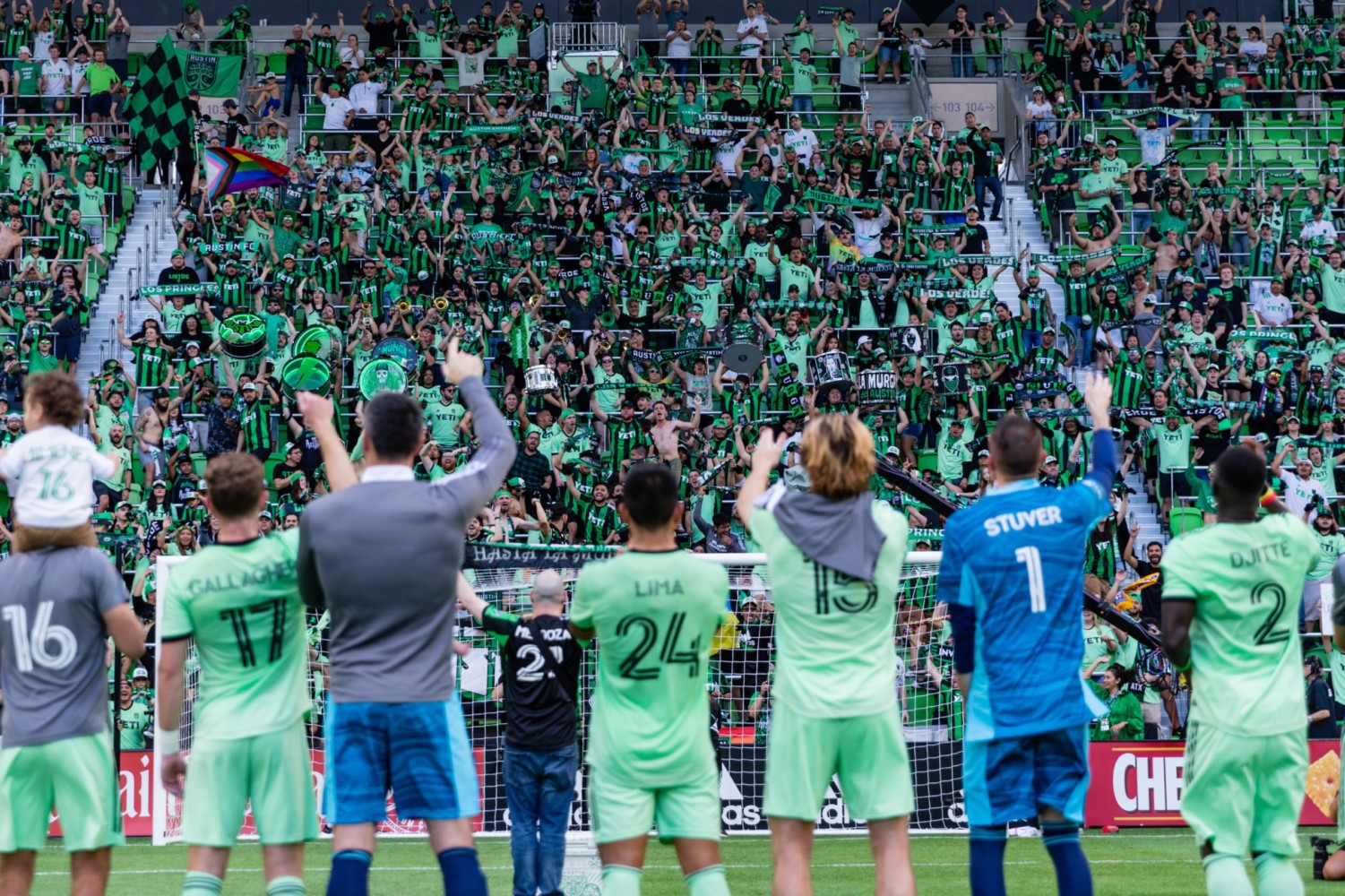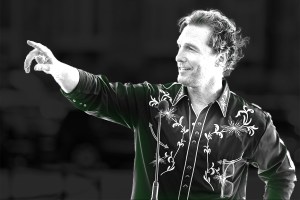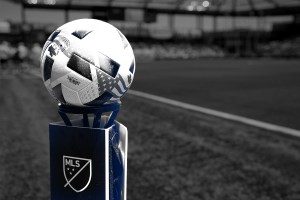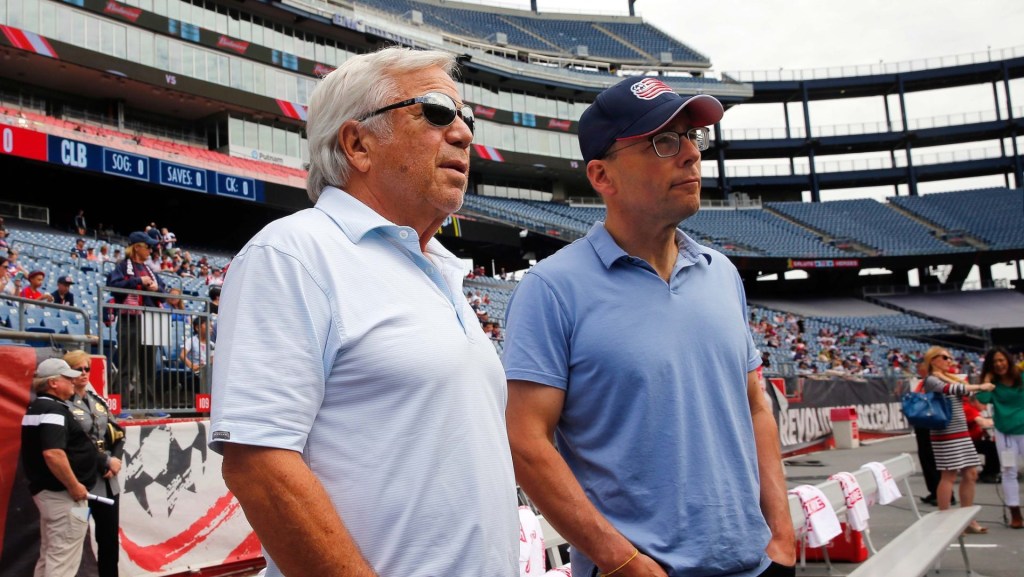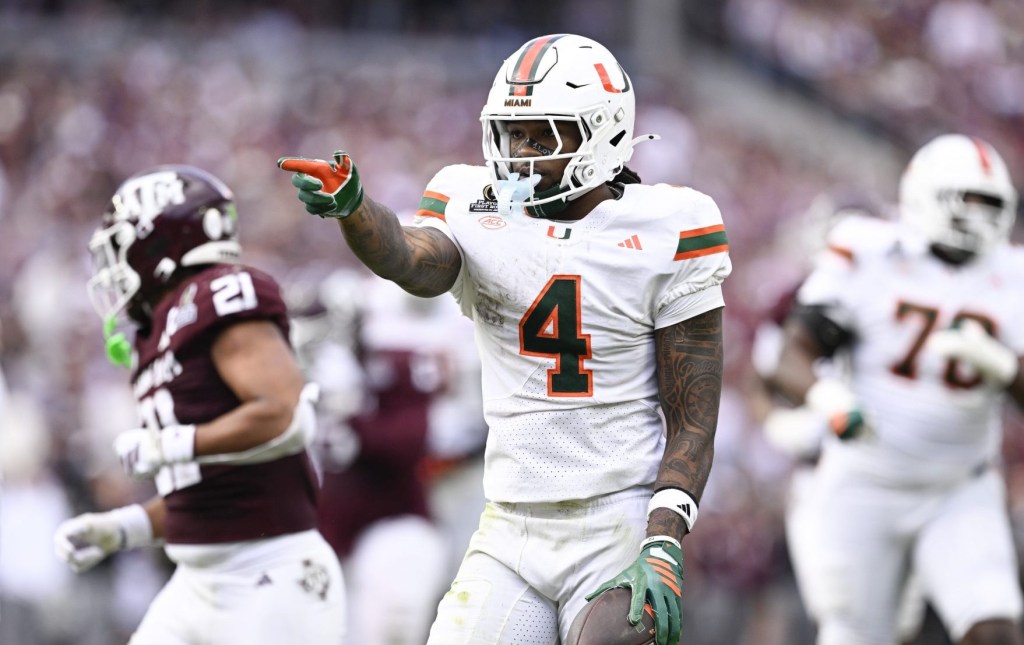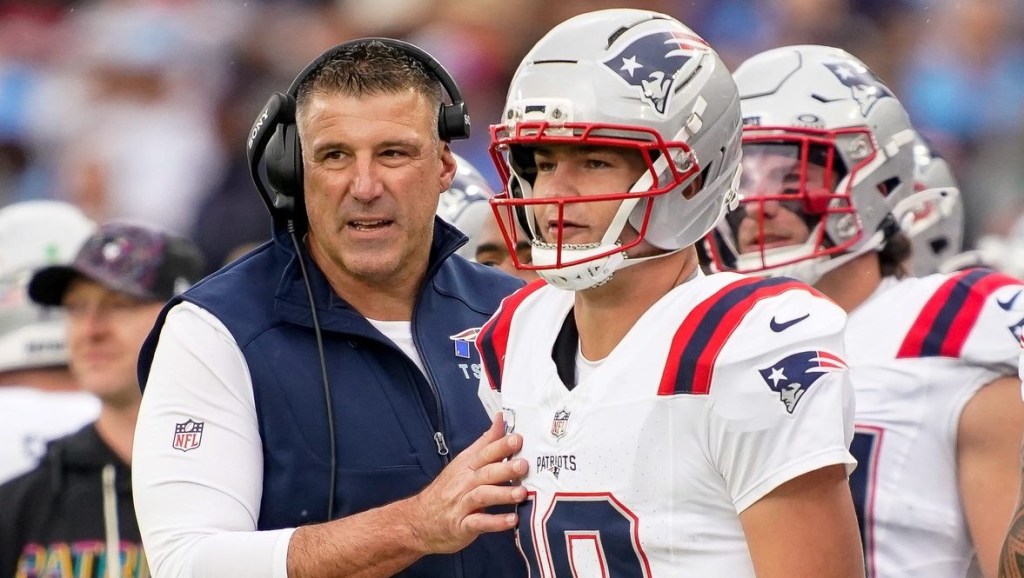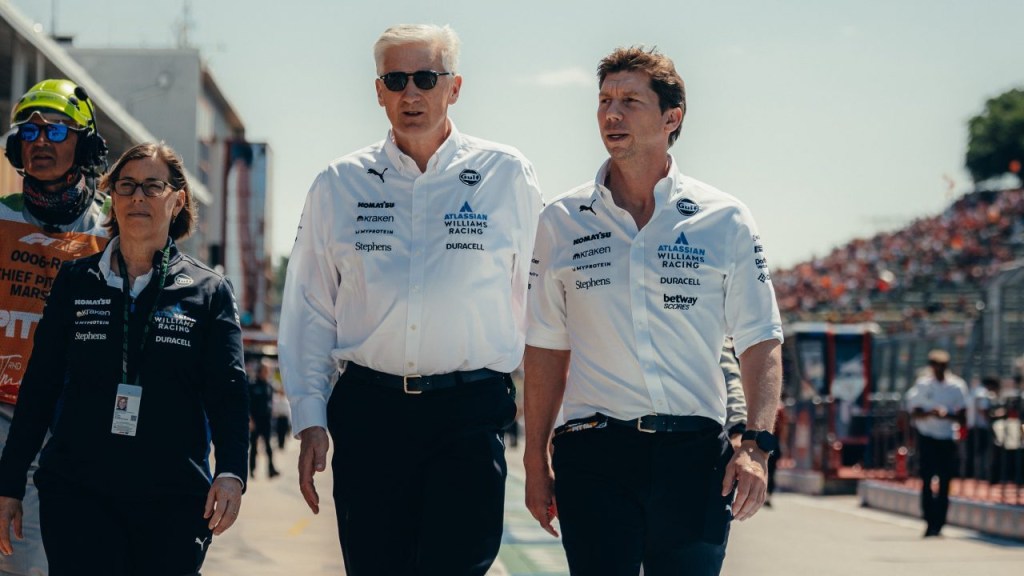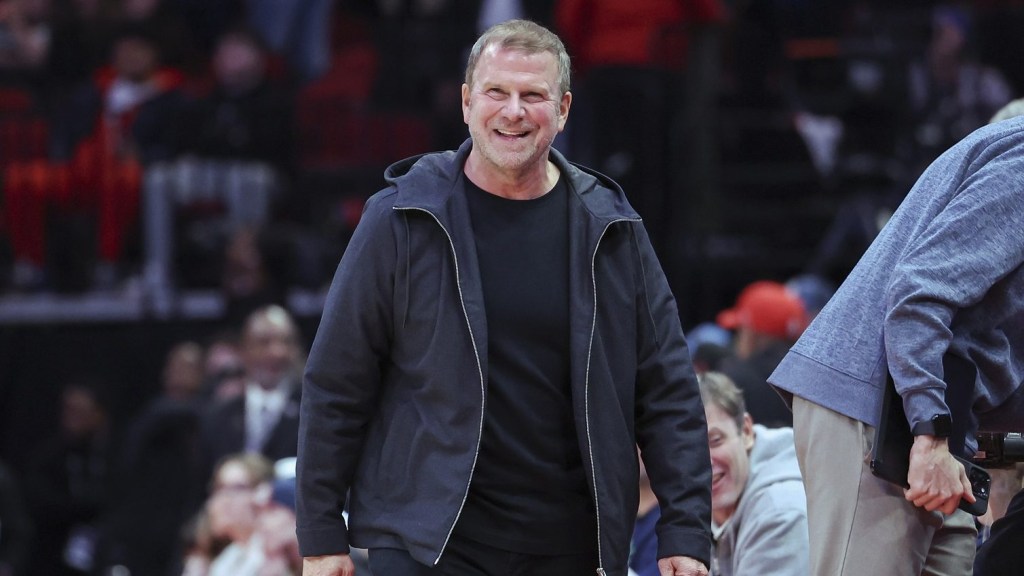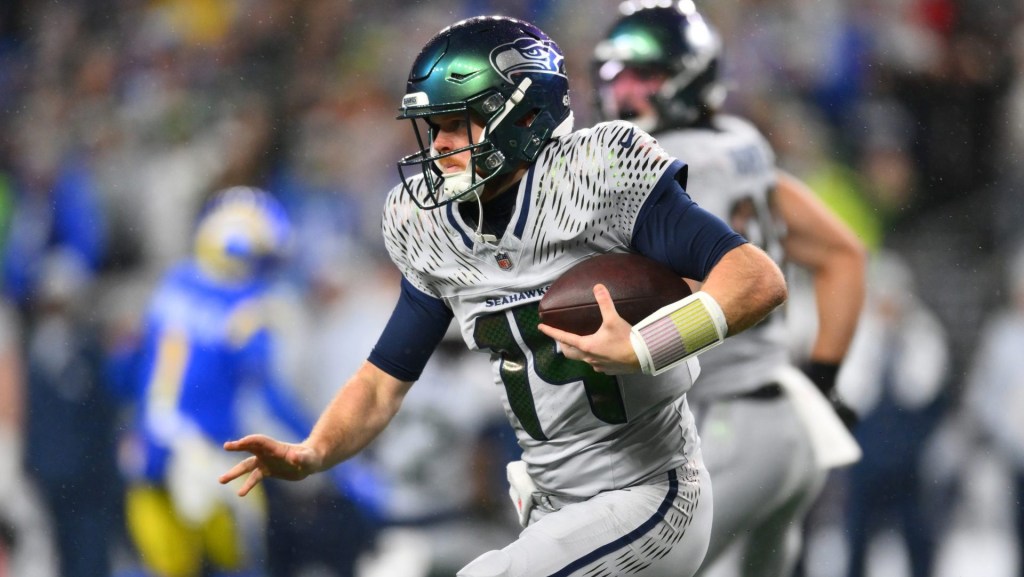When Anthony Precourt sought to bring a Major League Soccer club to Austin, Texas, in 2018, he intended to wake a sleeping giant.
“Austin is the intersection of pent-up demand and untapped potential,” says Austin FC president Andy Loughnane. “The pent-up demand for major league sports in Austin prior to Austin FC’s arrival was a relatively well understood and highly favorable market condition that Anthony and MLS very smartly foresaw — and ultimately very bravely fought to bring into existence.”
More than four years on, Austin FC is validating Precourt and the league’s bold vision.
Austin FC’s regular-season finale, a 1-1 draw against the Colorado Rapids on Oct. 9, was the club’s 34th consecutive sellout — the longest active streak in MLS (Sporting KC holds the all-time consecutive sellout record at 125 games).
The kicker: The Oaks have hosted 34 MLS regular-season games since their inaugural 2021 season — meaning that every home league game in the team’s history has been a sellout.
The voracious demand for tickets didn’t stop in the regular season — especially given that Austin FC’s playoff run is the first in Austin major sports history.
When tickets went on sale for the club’s first-ever playoff game, fans sold it out in less than six minutes — despite not knowing the date, time, or opponent for the match.
The team delivered with a penalty-kick win over Real Salt Lake last Sunday to send them to this Sunday’s conference semifinals against rival FC Dallas — a match that, due to the online queuing system for buying tickets, sold out virtually instantly.
Austin FC’s popularity in the regular season has prepared it well to host playoff games.
“We’re fortunate in the sense that all of our matches sell out and all of our matches are staged as big events with high show rates, which all produce large crowds,” Loughnane says. “We’re relatively accustomed to the planning elements that tend to appear when the postseason arrives.”
Loughnane attributes much of the club’s popularity in Austin to the “world-class” Q2 Stadium itself. Its amenities not only provide access to the city’s famous food and music, but also relief from its infamously hot climate.
- The stadium features a significant roof canopy that hangs over 100% of the stadium seats to shield from the sun.
- Traditional seats can reach up to 60 degrees above air temperature on hot days, but Austin’s breathable mesh seats only max out at about five degrees above air temperature.
- The corners of the stadium are open, leaving room for natural air circulation.
Q2 Stadium’s construction managed to avoid much of the controversy that often plagues new sports venues.
“It was clearly a city that was not going to spend public funds to build a stadium,” says Austin mayor Steve Adler. “When I suggested to the commissioner and Anthony Precourt that I would love to have a team here, they needed to know that about our city, and there was still continued interest, it was very exciting.”
Ultimately, the club and city compromised that the stadium would be completely privately financed to the tune of $260 million, and would be built on publicly owned land — which has become a prime location during Austin’s rapid expansion in recent years.
“Picking the location of the stadium is one of the most important decisions that any team in any league will make across its entire life,” Loughnane says. “Four or five years later, that site that was very good at the time is now an exceptional site when you consider the growth trajectory of Austin and everything that’s happening from a development perspective.”
As such, the club lobbied to have a new train station constructed directly next to the stadium that will begin operation in 2023.
If Austin FC’s first two seasons have been any indication, the club holds a significant place in the lore of the city, as well as the future plans for Major League Soccer.
“My goal back [in 2018] was that we would have a team that would bring the city together,” says Adler. “And it’s done that. You find people walking down the street with not a lot in common other than they live here and they’re both wearing an Austin FC Kit.”
“I think it’s fair to characterize our first ever postseason win and postseason match as being a significant moment in Austin sports history,” Loughnane says.
“The growth trajectory of the league is a lot like the growth trajectory of Austin: It’s an unrivaled growth opportunity.”
